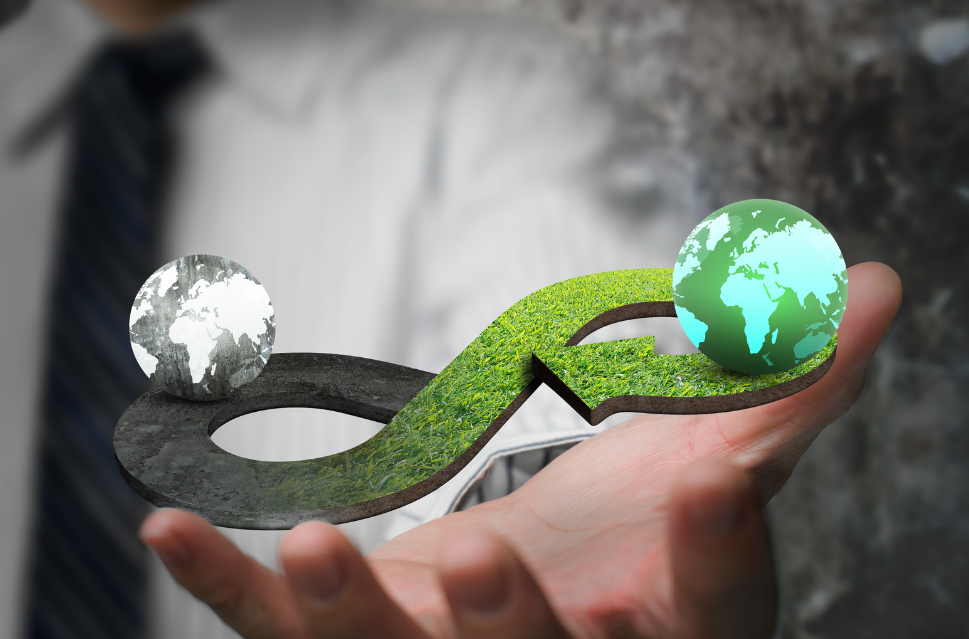- ICSD
- Oct 14, 2024
- 3 min read
What is the Circular Economy?
According to the United Nations Development Programme, our current linear economic model is built on a "take-make-waste" pattern - extracting raw materials from nature, transforming them into products, and then discarding them as waste. This model places a heavy burden on the environment, exacerbating crises like climate change, biodiversity loss, and pollution.
In contrast, the goal of the circular economy is to minimize waste by using smarter design, extending product lifetimes, and enabling recycling and reuse. This not only helps address pollution issues, but also plays a critical role in tackling other complex challenges like climate change and biodiversity loss.
It's worth noting that the circular economy is not just about the environmental and economic dimensions, but also requires attention to the social dimension. It involves addressing social inequality, promoting social wellbeing, and ensuring that everyone can benefit from the transition to a circular economy.
Employment Opportunities in the Circular Economy
The transition to a circular economy presents tremendous job creation opportunities. According to EU Commission forecasts in 2020, the EU could see around 700,000 new jobs by 2030 through this transition. Globally, the shift to a circular model could lead to a net addition of 7-8 million jobs.
These employment gains stem from the diverse skills required in a circular economy, ranging from low-skilled recycling and reuse jobs to medium- and high-skilled roles in remanufacturing and bio-refining. However, the transition will also lead to job losses in some traditional industries like construction and raw materials. Therefore, we need to provide retraining and redistribution for affected workers to adapt to the evolving job market.
For example, the "Repair Cafés" in the Netherlands are a grassroots initiative that promotes a culture of repair and reuse in local communities. They provide a space where people can get household items fixed for free. This not only helps divert waste from landfills and reduce demand for new products and raw materials, but also creates employment opportunities and increases social inclusivity and cohesion.
Inclusive and Participatory Circular Transition
Ensuring fairness and justice is crucial in the transition to a circular economy.
Inclusive Access: Ensuring that all socioeconomic groups can fairly access circular products, services, and benefits. This includes providing affordable repair, reuse, and recycling opportunities for low-income communities. We also need to design circular solutions that meet the diverse needs of users.
Inclusive Participation: It is critical to provide opportunities for marginalized groups to participate in circular economy initiatives. This includes offering skills development and job creation programs, supporting traditional workers' transition to green industries, ensuring the fair distribution of benefits and burdens of the circular transition, and supporting inclusive circular entrepreneurship and SMEs.
For example, comparing the informal waste management in Accra, Ghana and Porto Alegre, Brazil, although the contexts differ, waste pickers play a crucial role in implementing waste policies, demonstrating the deep connections between the formal and informal economic sectors.
Fully integrating social equity, inclusivity, and justice is key to unlocking the true transformative potential of the circular economy. This can create fairer access opportunities, provide dignified livelihoods for marginalized groups, empower displaced workers to take on green jobs, build community resilience, and foster cross-sectoral collaboration. By placing these social factors at the core of the circular transition, the transformation can benefit all segments of society, not just businesses and the environment.
Author: Mr. Lester Lam, Certified ESG Planner, ICSD





